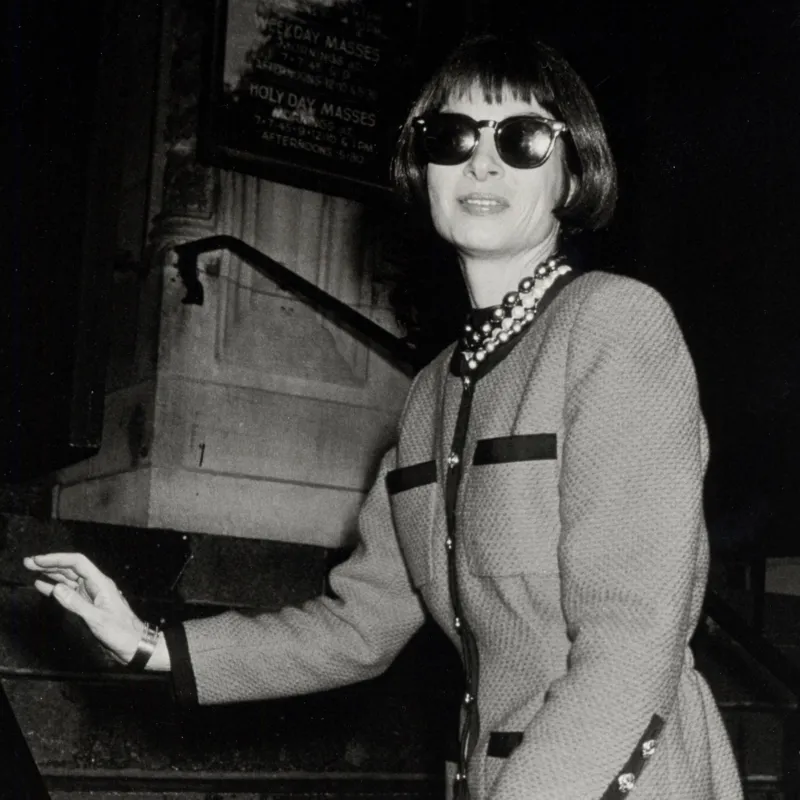Inside one of Syria's most feared places - where scale of Assad regime's brutality is revealed
The recorded documentation of every facet of official life so common of dictatorial regimes is an overwhelming legacy of the Assad family's reign of terror in Syria.
Hundreds of thousands of documents detailing every aspect of the government's aspirations have been taken into protective custody by the country's new government, but there are many more that have still to be gathered.
We arrived in Syria in December - the day after Damascus had fallen.
The prisons were being emptied by triumphant Hayat Tahrir al Sham (HTS) and Free Syrian Army (FSA) fighters, but it soon became clear that as the regime collapsed, its security forces had attempted to destroy the very files they had created but which, by then, had become the hard evidence of their crimes.
At the political security prison in Homs, one of the most feared places in Syria, a fire still burned in the basement of the building.
We peered inside and could see mountains of documents scorched black in a blaze set by the retreating officers, and we determined then to come back to see if any file survived and what evidence they might reveal.
With the permission of the authorities in Homs, we returned to find out.
We crunched over the blackened, burnt-out floor of the prison's basement complex, passing through offices, archive rooms, and jail cells, some scorched by fire.
Two months after our first visit, smoke still filled the air, and embers glowed red in the darkness of rooms where every piece of paper had been burnt to ash grey.
I poked a mound of paperwork on the floor, but it disintegrated like powder.
From the ceiling, streams of water fell from broken water pipes, only adding to the sense of being in a place where evil was perpetrated.
Dozens of metal filing cabinets filled one room. Time again and we pulled open drawers revealing piles of papers now reduced to grey powder.
But the sheer volume of the paperwork the officers hoped to destroy in the fire ensured that some would survive. Compacted paper files are notoriously difficult to burn if there isn't enough oxygen to feed the flames.
With the help of Sky's Syria producers, Mahmoud Moussa and Ahmad Rahhal, we began identifying personal files, registration books, folders full of paperwork, and orders to staff.
In the charred remains, we found the names of the thousands who were held here, their alleged crimes, the deaths of some in custody, where they were sent to, and crucially for their families - conclusive evidence that they had been brought to this building.
Some of the alleged crimes that were documented were trivial - even a text criticising Bashar al Assad could send you to jail, to face torture or death.
"Here someone was arrested because there was a message in his phone saying something bad about President Bashar al Assad," Sky's Syria producer Mahmoud Moussa translated.
Two of Mahmoud's cousins are still missing. One was arrested for having a "bad" message on his phone about the Assads - the authorities didn't like that.
This search for information is personal for everyone because every Syrian wants to know the truth about what happened to their loved ones.
Many still have no idea what happened to them, at all.
When we first visited the prison last year, we met Taha Tadmori outside the gates. He was desperate to tell us about his missing brother Firaz.
He explained that his brother was instructed to go to the prison for a meeting in March 2013.
Firaz, a father of two young children at the time, called his older brother Taha to say he was going to the meeting, and that he hadn't done anything wrong so didn't see any reason not to go.
They never saw him again.
Distressingly, Taha's family apartment overlooks the political prison, and for days the family kept a constant vigil from their balcony waiting for any sign of Firaz.
Taha says he heard the cries of the prisoners inside, especially in the summer when they sat outside on the balcony.
"I see the windows of the prison where the people [were] tortured, I heard the people crying 'please stop, [don't] beat me', when I hear this, I called my mother and father, 'please, baba, go inside'," he recalled.
"It's better to go inside because I don't want them to hear the voices from this building, it is about 15 meters from the prison and my home, my father's balcony, so we heard so many times, we heard the shouting and crying of people under the ground."
The documents provide a little insight into what happened to the thousands who were brought here during the height of anti-Assad demonstrations in 2011, 2012 and 2013.
We read through alleged confession, after alleged confession, after alleged confession - we are told that many prisoners were so badly tortured they simply signed a blank piece of paper confessing to anything just so that the torture would stop.
On some of the confessions is a signature belonging to Hussam Luka, the man in charge of the prison at the time.
He was known for his brutal suppression of the protest movement and was promoted because of it, eventually becoming head of general security for the whole country.
Hussam Luka remains one of the most wanted men in Syria for alleged war crimes, and his whereabouts are unknown. Some Syrians believe he might even be in Russia with the Assads.
The deaths of some of the prisoners are recorded in a file next to their alleged confessions. Of the death notes we read, all causes of death were listed as either heart or respiratory failure.
It's widely known that regime officials falsely recorded the cause of deaths of people in prisons as heart or respiratory failure.
The documents stored in this prison also reveal a regime that was suspicious, even paranoid, of everyone. Syrians were routinely spied on - even those who were deemed to be loyal.
Thousands of documents we discovered stored neatly in a room above ground untouched by the fire attest to that. Every family in Homs had a file on them.
In another filing room, we came across documents showing the detailed movements of foreigners, journalists, UN staff, aid workers, and even files on the Syrian government's own officials who had met with the foreigners.
It seems everyone was spied upon when they visited Homs. Details of their comings and goings were recorded on stacked A5 cards in mostly burnt metal filing cabinets.
This was a regime obsessed with recording everything. In one office below ground, orders and instructions from Damascus were printed off and stored with meticulous attention in marked binders.
We found in a binder from the spy department's headquarters in Damascus, there was a recent one outlining the Israeli security services pager attacks on Hezbollah in 2024 based on intelligence received from their Iranian counterparts.
Another separate note in the binder warned of their suspicions that British and American intelligence agents were meeting with members of some of Syria's armed opposition.
Many documents in the binder were about their concerns about 'Daesh' or 'Islamic State' and its growing threat of suicide bombers and car bombs.
Among the directives were more mundane orders, such as the one telling staff not to use social media apps they don't trust.
In another binder, we found documents detailing communications from military intelligence headquarters in Damascus.
The most recent document in that file is an order sent in the last week of November cancelling all leave as the regime sensed the HTS offensive was spreading from Idlib.
Within days the Assad government was finished, and its leader was on a plane to Moscow.
Another document in the binder from a few years before outlined an order to besiege the towns of Mahin and Al-Qaryatayn, south of Homs.
The document instructed all branches to prevent food, electricity, water and all services from reaching residents, and not to release any detainees from these two towns under any circumstances.
Among all this, we continued to search any reference to Taha Tadmori's brother Firaz, when finally, on our second day underground, a breakthrough in a registration book discarded on the floor in a trashed office.
It was a logbook from 2013 of every prisoner who was arrested, and neatly noted on 3 March 2013 was the registration of Firaz Tadmori. It detailed his full name, date of birth, and what he had on him at the time of arrest.
It noted that he was sent to the "committee of investigation" on 4 April 2013, so he had been at the prison for just over a month.
We passed this news on to Taha, who didn't know his brother had been held in the prison for a month. He doesn't hold out any hope of ever finding him alive.
"So many security officers said to us, 'all the prisoners who were taken before 2013, all of them were killed'," he told me.
"'Don't ask about your brother, all the prisoners who have been taken before 2013 were killed'."
The number of people detained at this one political security prison, all recorded in these registration books year after year, is staggering.
Thousands upon thousands of names, book after book after book, year after year.
The scale of the brutality is incredible.
-SKY NEWS







